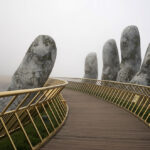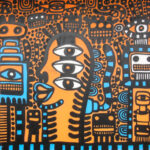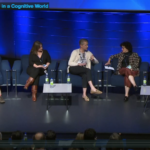
Perspectives
How Can the Job Search Suck Less? Use Ethnography, Community & Reflexivity in Career Transitions
Laura Schroeder












In this course, you’ll learn and apply the techniques of Semiotics for commercial applications across business and brand strategy, innovation, design, communication & activation. INSTRUCTORS: CATO HUNT & JAMES WOODHEAD, Space Doctors ENROLLMENT: 20 max SCHEDULE: November 1, 15, 29; December 13, 2023, 4:30 – 6:30pm UK time REGISTRATION: A current EPIC Membership ($150) plus…

An EPIC Talk with MIKE YOUNGBLOOD May 16, 2017, 11:00am–12:30pm PDT Free online event, pre-registration & EPIC Membership required, max 50 participants *This event is over More EPIC Talks Overview Whether you’re new to this method or want an effective toolkit you can use to train others, this talk offers a solid foundation in the…

